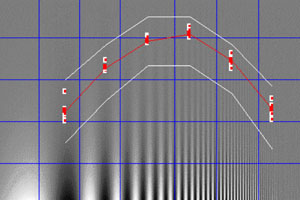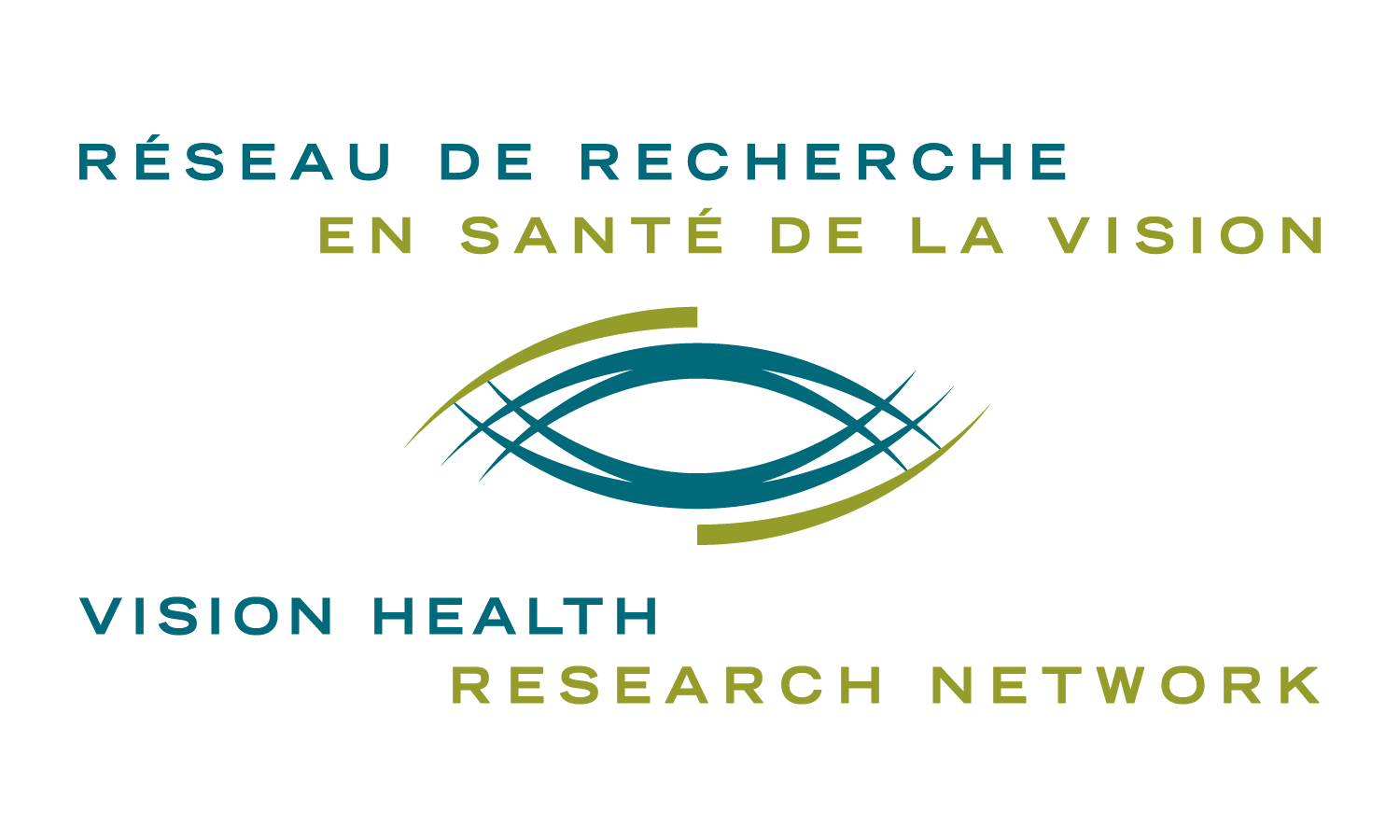Research topics of the Visual Impairment and Rehabilitation axis
Visual impairment can affect people of all ages and backgrounds at different points in their lifetime.
In North America, the vast majority of people with visual impairments are the elderly, and an increasing number of people have a dual sensory impairment: visual and auditory. The main diseases that cause visual disability in the elderly are cataracts, age-related macular degeneration, diabetic retinopathy and glaucoma. Visual impairment also affects a significant proportion of children, and young and working-age adults. There is a whole spectrum of vision loss, including blurring caused by an opacification of the ocular media (eg. corneal disease or cataracts), retinal diseases causing central (eg. age-related macular degeneration) or peripheral (eg. glaucoma) vision loss, and lesions of the superior visual pathways going to the brain.
Independently of the cause of visual impairment, it is necessary to understand the sensory, perceptual and cognitive processes related to it. It is also important to understand the functional and psychosocial impacts associated with visual deficits. Research in this area aims at improving our understanding of the basic visual mechanisms and visual impairment in order to ameliorate the prognosis for rehabilitation.
Visual, perceptual and cognitive functions following visual impairment
People suffering visual impairment rarely have a total loss of vision. The goal is to measure the residual visual capacity of the person and to help them to better use their capabilities. This includes the use of other senses (touch, hearing), as well as perceptual and cognitive abilities in order to extract information relevant to the interaction with their environment. It has been shown that a person with a visual deficit can improve the use of their residual capacity with technical aids, compensatory strategies and training. The challenge is to optimize theses aids and this training, and to quantify their effects.

Functional aspect of visual impairment
The functional consequences of visual impairment are numerous. They affect the individual’s capacity to carry on their daily activities. One of the goals is to develop and validate instruments for the assessment of the dynamic functional vision (i.e. during daily activities such as reading, moving, driving) consistent with the developments in the other research axes. These tools would allow us to measure the impact of rehabilitation on functional vision. In addition, it is important to develop and optimize rehabilitation protocols to improve functional vision in light of the technological progresses in vision sciences.
Psychosocial aspects of visual impairment
The onset of visual impairment has impacts on a psychological and social level for the person and their entourage. Sometimes, people find it difficult to talk about the difficulties related to their low vision or that of their relatives. Support groups and rehabilitation programs help overcome the various psychosocial consequences of visual impairment. It is important to develop measurement tools to assess this impact (eg. quality of life, depression, social participation, coping strategies) in order to come up with interventions aimed at facilitating the psychosocial adjustment of the patient and his family, and to better understand the factors associated with successful interventions.


